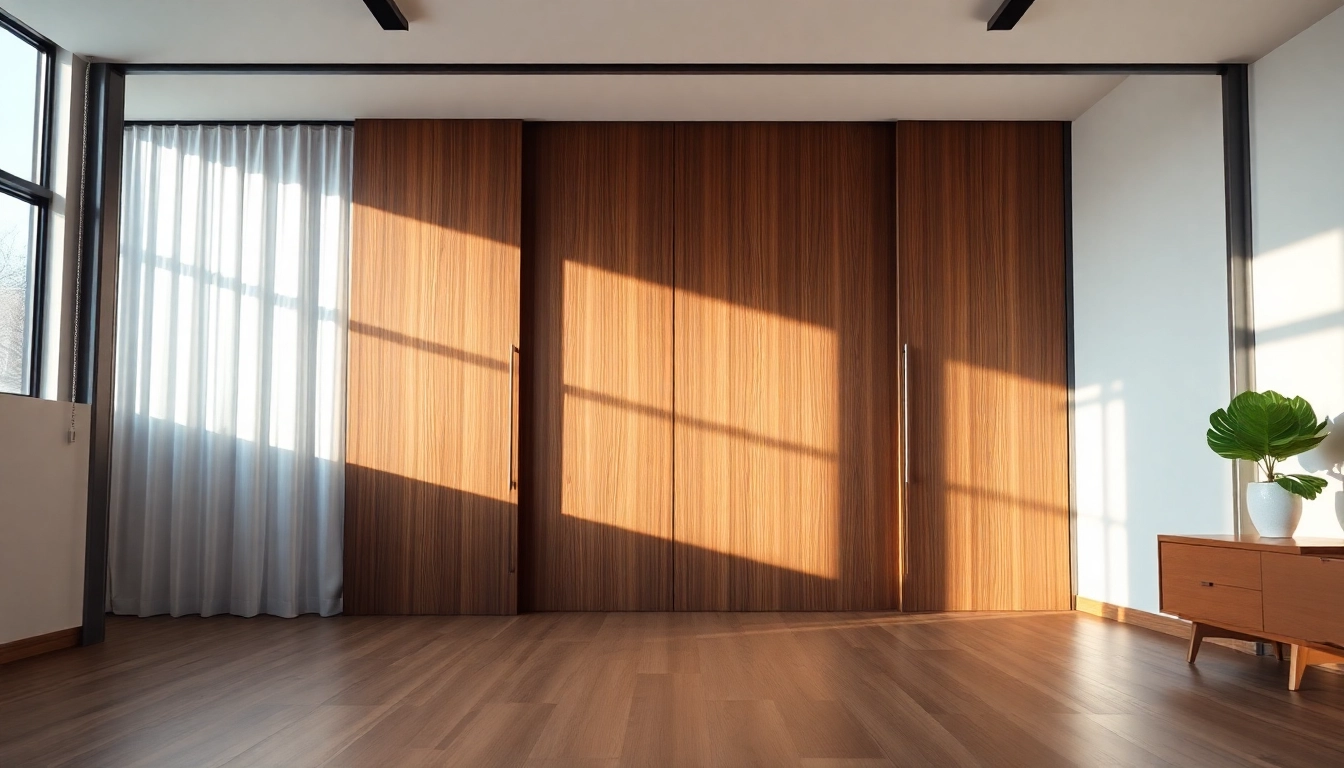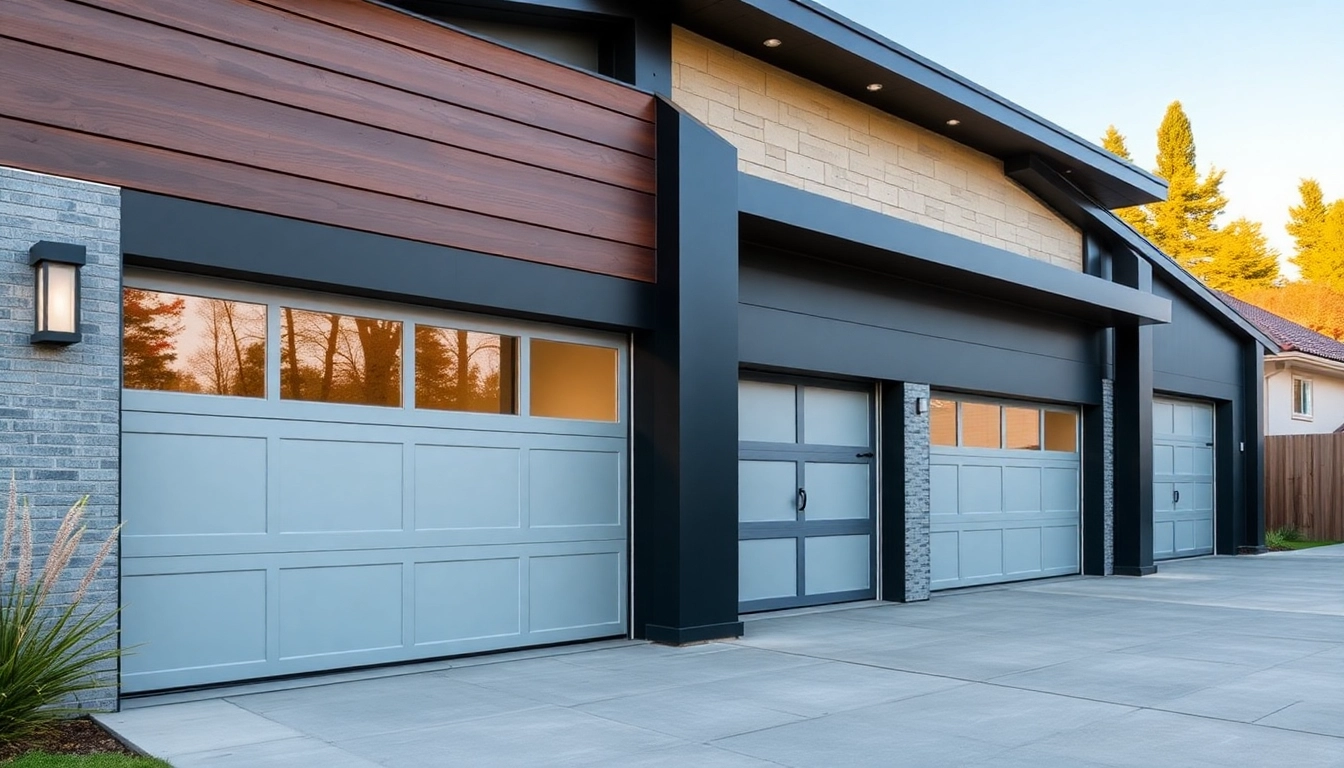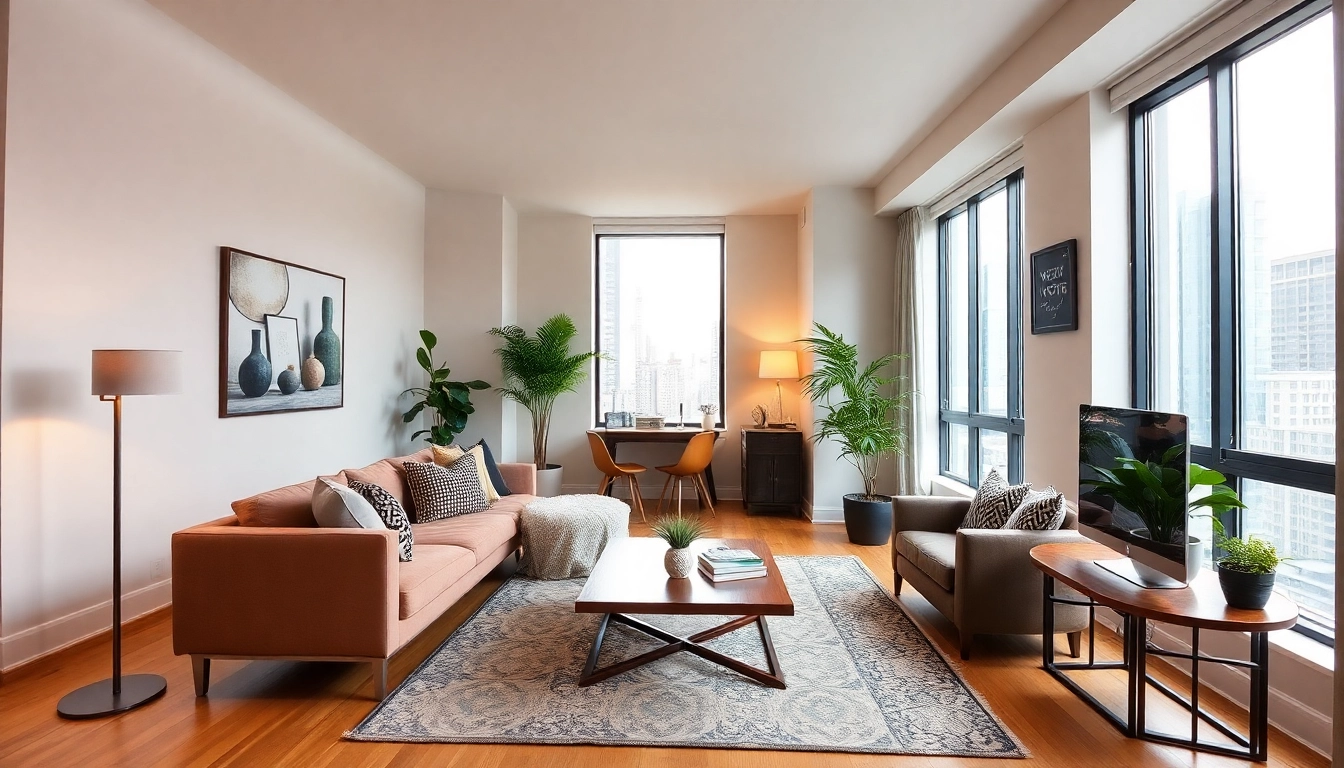Introduction to Sliding Partition Walls
In modern architecture and interior design, flexibility has become a key aspect of creating functional spaces. Sliding partition walls have gained prominence as versatile solutions to reconfigure areas quickly without the need for significant structural changes. This article delves deep into the concept of sliding partition walls, exploring their benefits, applications, types, installation considerations, and budgeting strategies.
What is a Sliding Partition Wall?
A sliding partition wall is a movable wall system that allows for easy alteration of space layouts within a room. Unlike traditional walls, which require substantial construction work to erect or remove, sliding partition walls consist of panels that glide on tracks, enabling users to open or close spaces as needed. This flexibility makes them particularly useful in environments such as offices, schools, and homes, where the need for adaptable space is crucial.
Benefits of Using Sliding Partition Walls
- Space Optimization: Sliding partition walls allow users to maximize their space, providing the ability to create separate areas for different functions without permanent construction.
- Cost-Effective: Compared to traditional remodeling, installing sliding walls is often more budget-friendly, especially for companies or homeowners looking for temporary or flexible solutions.
- Sound Control: Many sliding partitions offer acoustic insulation, helping to manage noise levels in open-plan areas.
- Aesthetic Appeal: Available in various designs and materials, sliding walls can enhance the visual appeal of a space.
- Ease of Use: Most systems are user-friendly, allowing for easy operation and adjustment as needed.
Common Applications in Homes and Offices
Sliding partition walls are used in diverse environments, including:
- Residential Spaces: Homeowners often use sliding walls to create functional zones such as home offices, play areas, or guest rooms that can be closed off when not in use.
- Corporate Offices: In open-office designs, sliding partitions can define collaborative spaces and provide privacy for meetings.
- Educational Institutions: Classrooms can benefit from sliding walls that allow for combined or separated learning environments based on class sizes.
- Event Spaces: Large venues can use sliding partitions to quickly adjust the layout for different types of events.
Types of Sliding Partition Walls
Ceiling-Mounted vs. Floor-Mounted Systems
When considering sliding partition walls, two primary installation methods come to mind:
- Ceiling-Mounted Systems: These systems are attached to the ceiling and require no floor track, providing a clean look and eliminating tripping hazards. They are particularly advantageous in spaces with uneven flooring.
- Floor-Mounted Systems: This type involves tracks installed on the floor, providing stability and support for heavier panels. However, they can pose challenges in maintaining clean lines and can create obstacles for mobility.
Materials for Sliding Partition Walls
There are various materials to consider when selecting sliding partition walls, each offering distinct advantages:
- Glass: Glass partition walls provide transparency and an illusion of a larger space. They often come with added soundproofing capabilities.
- Wood: Wooden panels lend a warm and inviting aesthetic to interiors, perfect for homes and traditional office settings.
- Fabric: Fabric panels can provide both privacy and acoustic benefits while being lightweight and versatile in design.
- Metal: Metal frames can give a modern and industrial feel, often used in commercial spaces.
Choosing the Right Style for Your Space
The style of your sliding partition wall should match the overall design and functionality of the space. Consider factors such as:
- Color and Texture: Select options that complement existing decor.
- Frame Design: Choose between exposed or concealed frames based on aesthetic preference.
- Functionality: Think about whether you need full closure or just a partial division of space for privacy.
Installation and Design Considerations
Planning Your Space with Sliding Partition Walls
Effective installation starts with proper planning. Key steps include:
- Measuring: Assess the available space to determine the dimensions and layout of your sliding walls.
- Reassessing Functionality: Define what functions the separate spaces will serve to determine the need for acoustic treatment and privacy options.
- Design Integration: Ensure that the sliding walls integrate seamlessly into the overall design of the space, considering color palettes and materials.
DIY vs. Professional Installation
Deciding between DIY installation and hiring professionals hinges on factors such as:
- Complexity of Installation: If the installation involves intricate designs or heavy materials, consider professional help.
- Skill Level: Assess your own DIY skills and whether you have the proper tools to complete the installation safely.
- Time Constraints: Professional installers can often work more efficiently, which can save time in high-pressure environments.
Maintenance Tips for Longevity
Regular maintenance is crucial for the longevity of sliding partition walls. Follow these tips:
- Cleaning: Regularly dust and clean the panels to prevent build-up that may obstruct movement.
- Track Inspection: Check the tracks for debris and lubricate them periodically to ensure smooth operation.
- Check Hardware: Regularly inspect and tighten any loose hardware, ensuring all components are functioning properly.
Cost Analysis and Budgeting
Pricing for Sliding Partition Walls
Understanding the pricing structure is vital for budgeting purposes. The following factors influence the cost:
- Material: Glass panels tend to be more expensive than fabric or wood alternatives.
- Size and Complexity: Larger spaces or intricate designs will increase costs.
- Installation: Professional installation will add to the overall budget but may be worth the investment for quality work.
Cost-Effective Solutions for Every Budget
There are ways to achieve a sliding partition wall on various budgets:
- Look for Off-Season Sales: Timing your purchase can lead to significant savings.
- Standardized Sizes: Customized panels are pricier; consider standard sizes for more affordable options.
- DIY Kits: Many retailers offer DIY sliding wall kits that can save installation costs if you have the skills.
Investing in Quality vs. Bargain Options
While it may be tempting to opt for bargain options, investing in quality sliding partition walls can yield long-term benefits:
- Durability: Higher-quality materials often last longer, requiring fewer repairs or replacements.
- Better Functionality: Quality systems will provide a smoother operation and enhanced features like sound insulation.
- Resale Value: A well-installed sliding wall can improve the overall value of your property.
Conclusion and Recommendations
Final Thoughts on the Value of Sliding Partition Walls
Sliding partition walls present a modern solution for those seeking flexibility in their spaces. From residential settings to bustling office environments, these systems can effectively redefine the way we utilize our spaces while maintaining style and functionality.
Recommended Products and Brands
When considering the purchase of sliding partition walls, brands such as Versare, Raydoor, and Loftwall offer a range of products catering to different aesthetic and functional needs. Exploring their catalogs can provide insights into available styles and materials.
Where to Buy and Additional Resources
Sliding partition walls can be purchased through various channels, including home improvement retailers, specialty construction suppliers, and online marketplaces. Always consult product reviews and customer feedback to ensure that the choice aligns with your expectations and needs.



